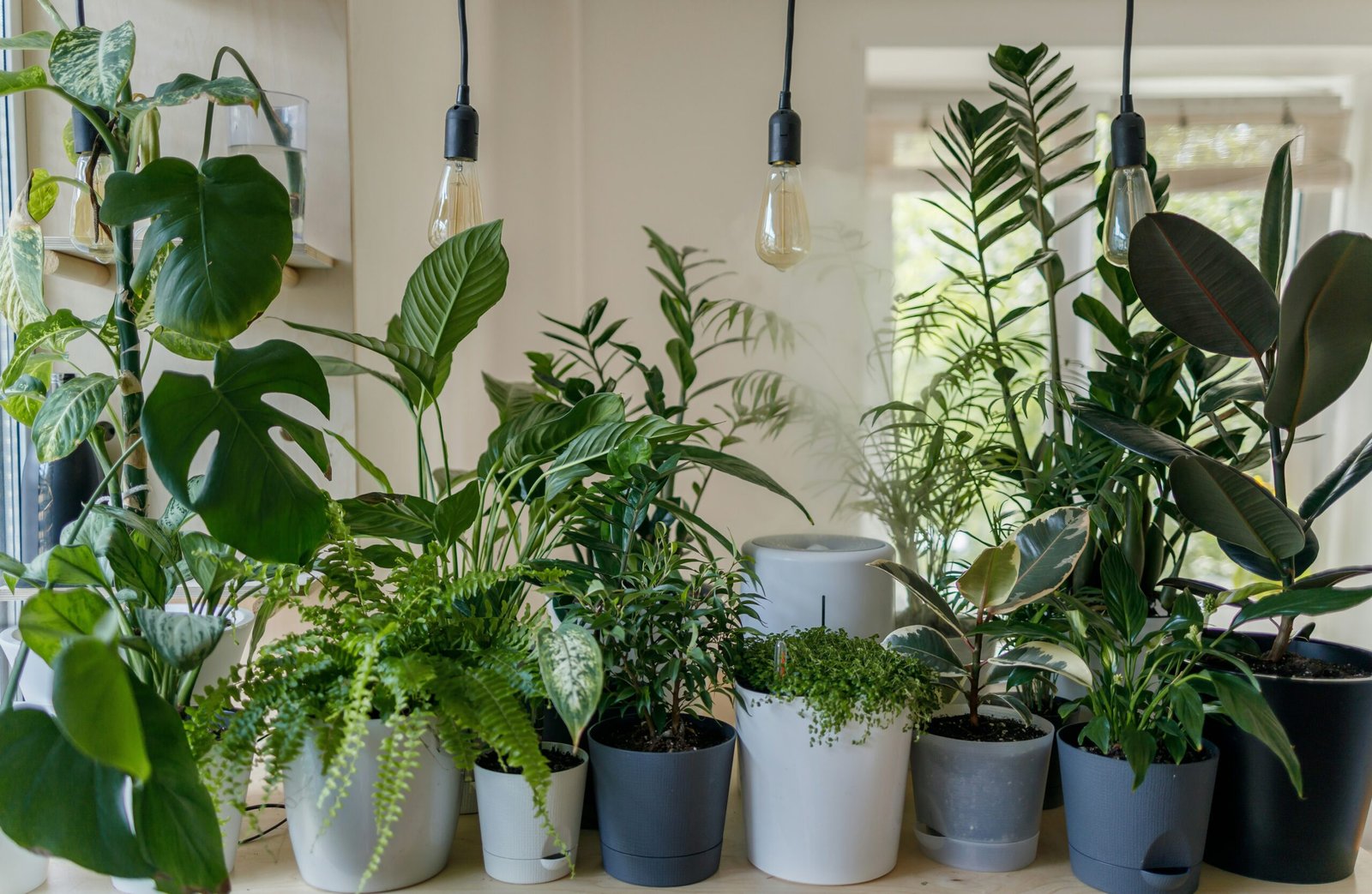Tips & Tricks for Smartphone Photography: How to Use Your Phone to Capture Priceless Moments
These days, we can’t imagine not having our cellphones on hand to record and share those priceless moments. Smartphone cameras have come a long way, baby, and can now hold their own against more conventional film cameras. This blog post will give you helpful pointers to improve your smartphone photography abilities and capture special moments with your phone, whether you’re a professional photographer or simply someone who enjoys shooting pictures.
When shooting with a smartphone, lighting should be one of your primary concerns. A photo’s success or failure hinges on the lighting, so keep that in mind whenever you snap a shot. If you can, try to snap your pictures outside or at least close to a window so you can get the most of the natural light. Use your phone’s built-in flash or a portable LED light to bring out your subjects’ best features when shooting indoors in low light.
Composition is also crucial when shooting with a smartphone. Composition is the process of arranging the parts of a photograph such that they form a harmonious whole. The rule of thirds is a well-known compositional guideline that recommends arranging your subject in relation to the lines or at the intersections of a grid consisting of nine equal pieces. If you want your images to seem more balanced and interesting, this can assist. You may also try out various viewpoints and angles to make your photos look more three-dimensional.
Time is of the essence while trying to capture priceless moments. Your shot quality will much improve if you can anticipate when the shutter button will be pressed. The ability to wait for the perfect time is essential whether you’re photographing a spontaneous gathering of friends or attempting to freeze motion at a sporting event. If you want to increase your chances of getting the perfect image, burst mode is a great function on most smartphones that lets you shoot a number of shots quickly.
Another crucial part of taking pictures with a smartphone is editing the photos. Even though smartphone cameras have gone a long way, post-processing is still an area that might use some work. Countless photo editing tools are at your fingertips, letting you do everything from applying filters to removing imperfections and adjusting brightness and contrast. You may learn to take average photos and turn them into extraordinary ones by playing around with various editing tools.
The last piece of advice I can give you is to experiment with your smartphone camera. One great thing about carrying around a smartphone as your main camera is that you can snap pictures whenever the mood strikes you. Experiment with landscape, portrait, and macro photography, among others, and see what your phone is capable of. To give your images a one-of-a-kind look, try playing around with various apps, accessories, and approaches.
If you follow these guidelines, you should have no trouble using your smartphone to capture priceless moments. What matters is not the tools you have, but your skill in utilizing them. You can learn to take beautiful pictures that convey meaning and stir up strong feelings with some work and imagination.
1. Becoming an Expert Writer
The bedrock of an excellent photograph is its composition. It describes the placement and relationship of everything inside the frame. If you want to become an expert smartphone photographer, here are some pointers on composition:
One of the most basic compositional principles in photography is the rule of thirds. Envision two horizontal and two vertical lines dividing your frame into nine equal halves. To improve the composition, try positioning your topic along these lines or at their intersections. Instead of putting the subject in the middle of the frame, which can make for a boring and uninteresting composition, this method helps to produce a dynamic and balanced image.
The employment of leading lines is another powerful compositional tool. Seek out lines in your surroundings that can guide the viewer’s gaze to the focal point of your photograph. The term “leading line” can refer to man-made features like highways and fences as well as more organic ones like rivers and tree branches. You may make your composition seem more three-dimensional and direct the eye to the subject by using leading lines.
Photographs can be given more depth and dimension by placing an eye-catching object or scene in the photograph’s foreground. A flower, a rock, a person, or even an inanimate object could be it. A foreground element can help you establish scale and give your image context. When shooting landscapes or architectural themes, this method really shines since it allows for a more captivating and immersive composition.
Patterns and symmetry: These design elements can add visual interest and harmony to your photographs. To spice up your composition, try looking for patterns or reflections. It could be a pattern in the environment, a reflection in water, or even a pattern in building. You may make an eye-catching picture that others can’t help but stare at by using symmetry and patterns in your arrangement.
Your smartphone photography will reach new heights after you become an expert in compositional methods including leading lines, symmetry and patterns, foreground interest, and the rule of thirds. Using these methods, you may make pictures that not only look good, but also tell a narrative. Keep in mind that composition is a potent tool for elevating an average shot to a work of art.
2. The Importance of Proper Lighting
As with any kind of photography, lighting is essential; smartphone photography is no exception. Make the most of the lighting by following these tips:
The “golden hour,” which occurs one hour after sunrise and one hour before sunset, is characterized by gentle, warm light that can make your photographs seem more enchanting. Make the most of this time of day to achieve breathtaking outcomes.
Stay Away from Sharp Shadows: Sharp shadows detract from your topic and aren’t very flattering. To achieve exposure balancing when photographing outside on a sunny day, seek out some shade or make advantage of your smartphone’s built-in HDR mode.
Try Playing Around with Backlighting: This photography technique has the potential to produce stunning halo effects or dramatic effects in your images. You may easily adjust the exposure by tapping on the subject on your smartphone screen.
If you must shoot indoors, attempt to place your subject close to a window or other source of natural light. Compared to harsh, artificial lighting, natural light is warmer and more aesthetically pleasing.
To capture breathtaking shots, you must understand how light impacts your camera. When used creatively, light can do more than simply illuminate a scene; it can turn mundane objects into works of art. A photograph’s tone and feel can be completely transformed by manipulating the light’s angle, strength, and quality.
As previously said, the sun’s low horizon position during the golden hour creates a lovely, warm, and gentle light. Landscapes, portraits, and even still life are all beautifully illuminated by this light. Your photographs will seem more three-dimensional because to the extended shadows and warm tones that are developed during this period.
Unfortunately, shooting during golden hour isn’t always an option. When the sun is high in the sky, it can cast long, dark shadows that you must be careful of. Unflattering and distracting, these shadows can ruin your shot. Seek out shady spots or activate your phone’s HDR setting to lessen their effect. HDR, which stands for “High Dynamic Range,” is a technique that assists with exposure balancing by taking many photos at varying exposures and then combining them. This method produces a more balanced and attractive picture by appropriately exposing the shadows and highlights.
You may also use backlighting to make your smartphone images look more magical. You may get stunning halo effects or dramatic silhouettes by placing your subject in front of a bright light source like the sun or a lamp. The camera will attempt to expose for the bright light behind your subject, which can lead to underexposed shots if backlighting is present. The solution is as easy as tapping the subject on the screen of your smartphone to change the exposure settings. In doing so, you may be certain that your subject will be adequately exposed while still catching the breathtaking impact of backlighting.
Natural light is a photographer’s best friend when shooting inside. To get the most out of the diffused, soft light, place your subject next to a window or other natural light source. Natural light is more aesthetically pleasing and can accentuate your subject’s best features than harsh artificial lighting. The built-in flash on most smartphones casts harsh shadows and washes out colors, so it’s best to avoid using it unless absolutely necessary.
Keep in mind that there is no “right” way to illuminate a subject. Finding the right lighting for your subject and the atmosphere you’re going for can take some trial and error. Your smartphone photography will reach new heights once you master the magic of light.
3. Marvel at It From Every Angle
The capacity to approach the subject from an intimate distance is a benefit of using a smartphone for photography. If you want to take pictures of breathtaking close-ups, follow these tips:
Using the built-in macro mode, which is included on the majority of smartphones, you may focus on things that are extremely near to the lens. Try using this setting to get the shot of textures and fine details.
Invest in a clip-on macro lens for your smartphone if you wish to elevate your close-up picture game. The amount of detail in your photographs can be greatly improved using these lenses.
When taking close-up shots with your smartphone, tap on the subject to make sure it’s in focus and adjust the depth of field. Vary the distance between your subject and the background to play around with the depth of field.
Get Creative: When photographing close-ups, don’t be scared to try different angles and compositions. To spice up your images, try shooting from several vantage points.
Taking advantage of natural light is another strategy to think about while taking close-up pictures. When shooting in natural light, the subject’s textures and details will pop more than when using artificial lighting. To prevent strong shadows and highlights, try to find a location with soft, diffused light, such an overcast sky or a shaded place.
Focus on the backdrop of your close-up photographs as much as the lighting. The focus should be on the subject, not on any unnecessary clutter or distractions in the backdrop. Choose a clean, minimalist backdrop that will bring out the best in your subject.
Maintaining a steady hand is essential for successful close-up photography. Be patient and wait for the ideal moment to snap a photo of your subject. Anything from a butterfly descending to a flower opening its petals to a single water droplet may be this. Unique and fascinating close-up images can be captured with patience and observation.
Finally, when shooting close-ups, don’t be scared to try new things and enjoy yourself. To get more creative and original shots, play around with different perspectives, compositions, and locations. Do not be scared to experiment and push the limits of your imagination while using a smartphone for photography; the great thing is that you can simply erase any shots that don’t turn out the way you envisioned them.
4. Superior Editing
When shooting with a smartphone, editing is a must. A little editing may improve even the greatest shots. A few pointers on how to enhance the images taken with your mobile device:
Pick the Right App: Smartphones come with a plethora of photo editing options. Find an app that works for you and has the editing features you need by trying out a few. Snapseed, Adobe Lightroom, and VSCO are a few well-liked choices.
Change the Lightness and Darkness: Make use of the editing tools to change the lightness and darkness of your images. You may enhance the visual attractiveness of your images by bringing out details in the shadows and highlights. Modify your shot based on what you see in the histogram, which displays the distribution of tones.
Straighten and Crop: Straighten and crop your photos to make them look better by removing unwanted parts or improving the composition. To correct skewed horizons, use the straighten tool. To achieve a balanced and aesthetically beautiful composition during cropping, remember to use the rule of thirds.
Color Enhancement: Play around with the vibrancy and saturation sliders to bring out the best in your photographs’ colors. Overdoing it could make your images appear artificial, so tread carefully. Altering the white balance is another way to fix color casts and get more realistic results in your photographs.
apply Caution When Applying Filters: Filters are a great method to give your images a one-of-a-kind style, but you should only apply them sparingly. Instead of using overpowering effects, go for subtle ones that bring out the photo’s mood. The intensity of filters may be adjusted in many editing software, allowing you to achieve the perfect balance.
To make your photos look sharper and more detailed, use the sharpening tool. This will also reduce noise in the images. But watch out for artifacts—over-sharpening is a bad idea. Using the noise reduction tool might help you get better images, especially in low light.
Always make a backup of your original file before making any changes to your photographs. If you’re not happy with your changes or want to try something else, you can always return to the original.
There is no cookie-cutter method for editing; rather, it is an iterative creative process. Spend some time trying out various editing methods until you discover one that works for you. You can learn to make beautiful artwork from your smartphone images with practice.
5. Mastering Through Practice
Improving one’s smartphone photography skills is no different from honing any other talent. In order to improve, here are some pointers to keep in mind:
Try Your Hand at a Variety of Subjects: Don’t Stick to Just One Style of Photography. Landscapes, portraiture, still life, and street photography are just a few examples of the many possible subjects you may experiment with. Trying your hand at a variety of themes will help you hone your skills in lighting, composition, and capturing the subject’s soul.
Use the Manual option: If you want greater control over your smartphone’s camera settings, you can find a manual option on most of them. Try out different settings for white balance, shutter speed, and ISO to see how they impact your photographs. Gain a better grasp of photography’s technical components and learn how to get the results you want with this hands-on approach.
Participate in Online Groups: If you’re interested in smartphone photography, you may find a plethora of online groups and social media sites to join. You can find motivation, criticism, and new perspectives by becoming a part of these groups. Take part in debates, show off your work, and learn from the expertise of other photographers. You will be inspired and exposed to new ideas and methods when you surround yourself with people who share your goals.
Do Something New: To Improve Your Photography Skills and Creativity, Try Something New. A picture walk in your area, a daily photo challenge, or a themed project are all possibilities. As a photographer, you may improve your craft, learn new tricks, and carve out a niche for yourself by challenging yourself and setting goals.
Never forget that the camera you have on hand is always the best. Take stunning images and make memories that will last a lifetime with these easy-to-follow tips and tricks for smartphone photography. Get out and about with your smartphone, and start snapping pictures of those priceless moments!
Reviewing and analyzing your own work is also crucial. Carefully review your images and make note of everything that could be better. Investigate your likes and dislikes for photos for patterns. If you take the time to reflect on your own performance, you can see where you excel and where you could use some work.
In addition, it’s okay to ask for other people’s opinions. Seek out the objective feedback of loved ones, acquaintances, or other photographers by sharing your work with them. If you want to improve as a photographer, you should listen to constructive criticism. It could provide you new ideas and information that you haven’t considered before.
Finally, remember that persistence and patience are powerful virtues. Your photographic talents will take time to develop, just like Rome took time to be created. Mastering the art of smartphone photography requires the same amount of time and effort as any other craft.
Persevere with practice, experimentation, and, above all, delight in the journey. As you press the shutter button, you’ll get closer and closer to that ideal photo.








